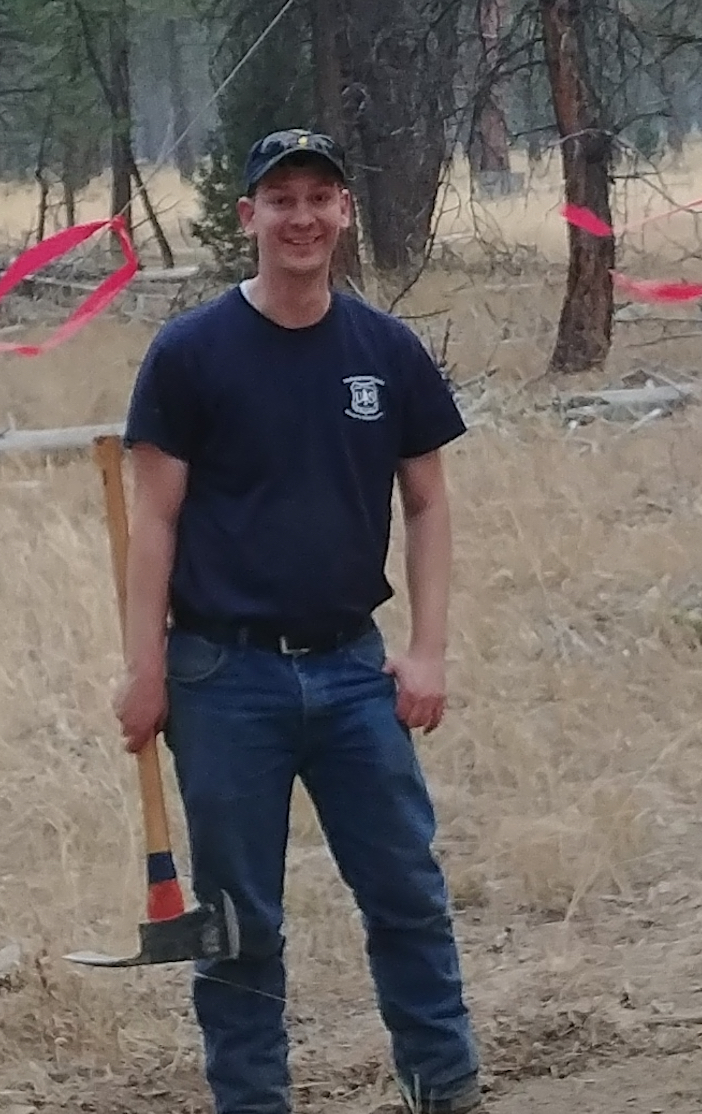Salt Lake County Lawn Watering Guide
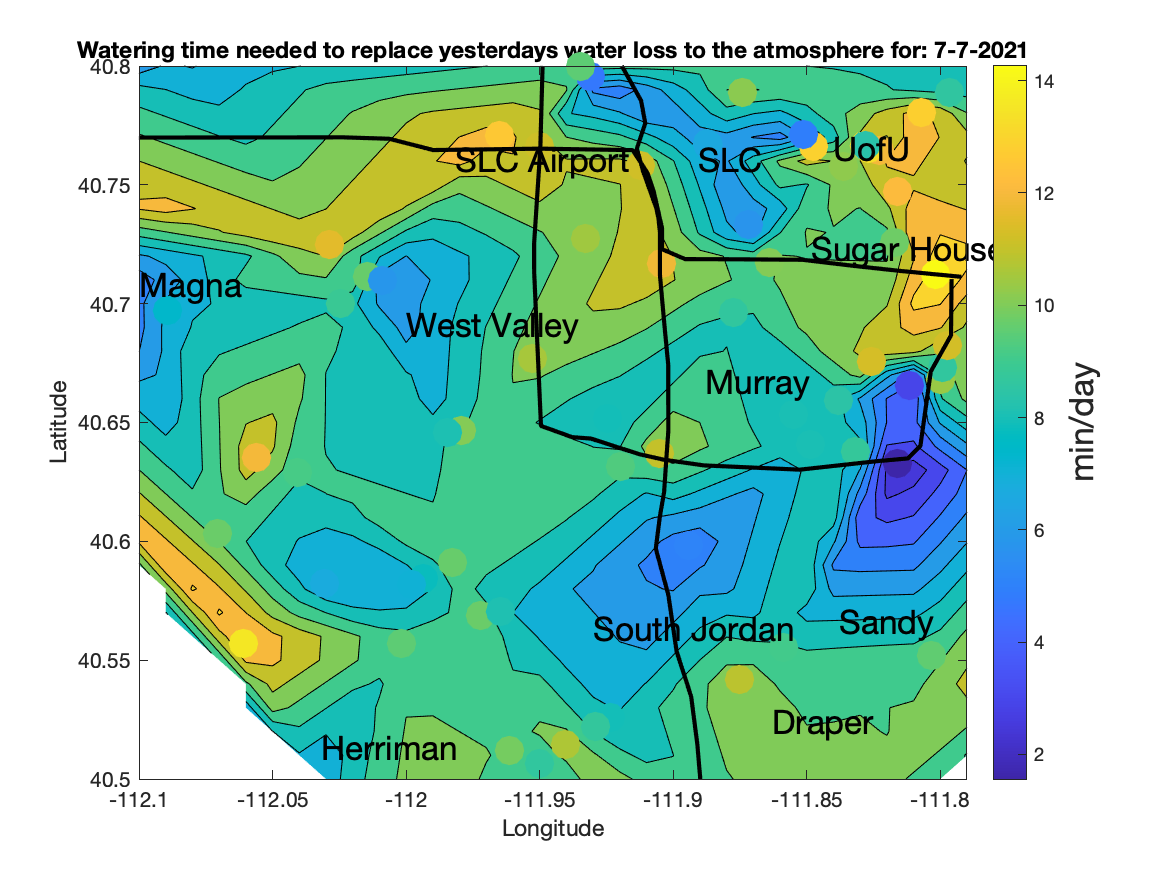
The plot above shows the spatial distribution of the irrigation time (in minutes) required to replace the water that was evaporated from lawns in Salt Lake County yesterday. The required time is consistent with the pop-up sprinkler recommendations provided by the Utah Division of Water Resources Conservation Program. The recommendations emphasize the fact that watering needs are different across the valley. The estimates are based on over 50 weather stations distributed across the Salt Lake Valley with freely available data from the University of Utah's Mesowest. The plot below shows Pennman-Monteith Evaportranspiration estimates (ETo) for the Salt Lake Valley following FAO-56 (Allen et al. 1998). The data represent the equivalent inches of water per day lost to the atmosphere through lawn evaporation/transpiration processes. These estimates were used to compute the watering requirements shown above.
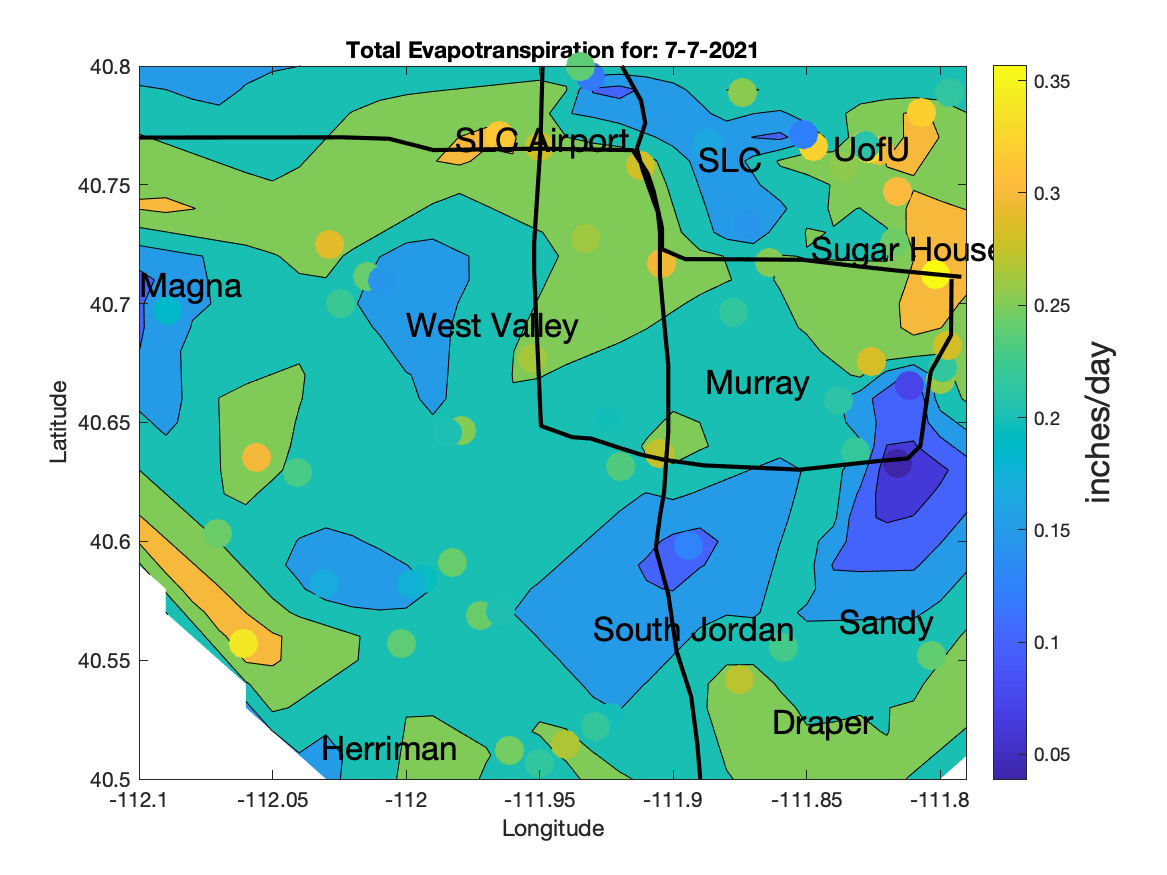
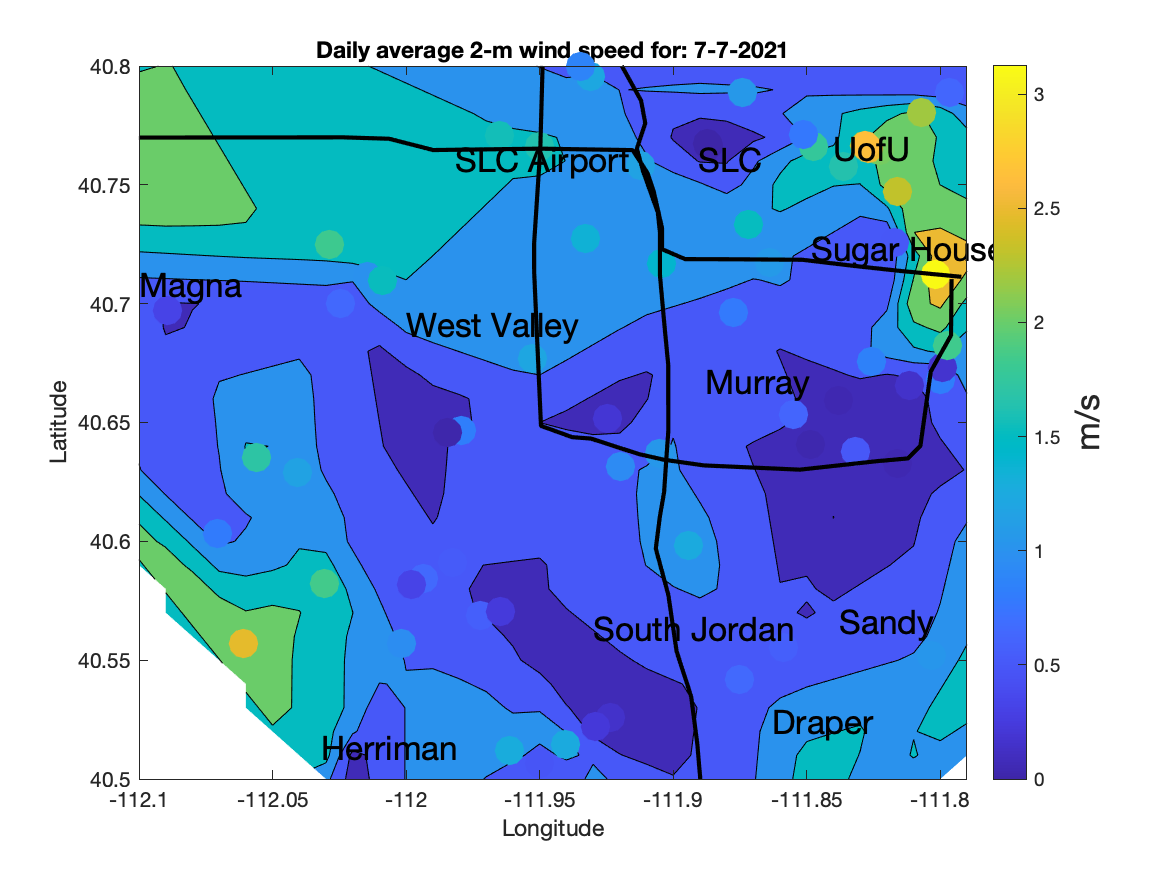
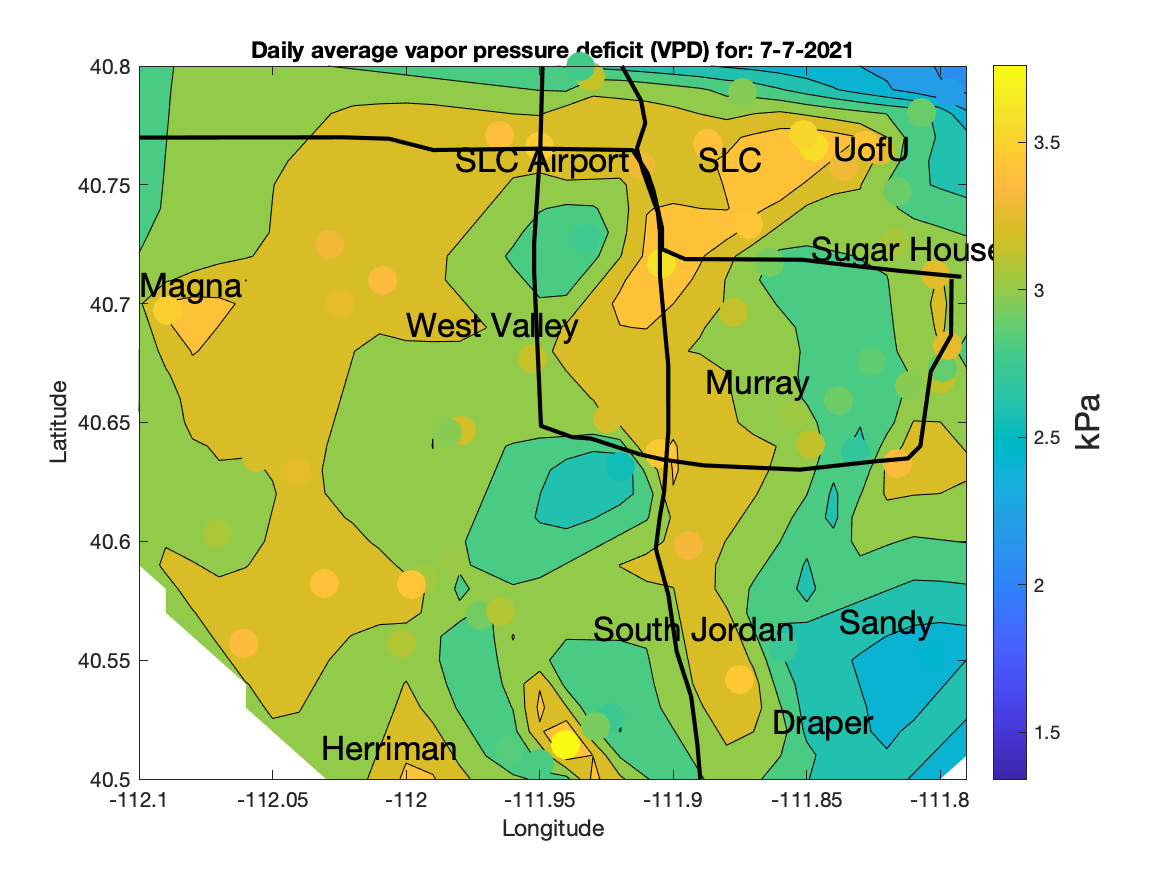
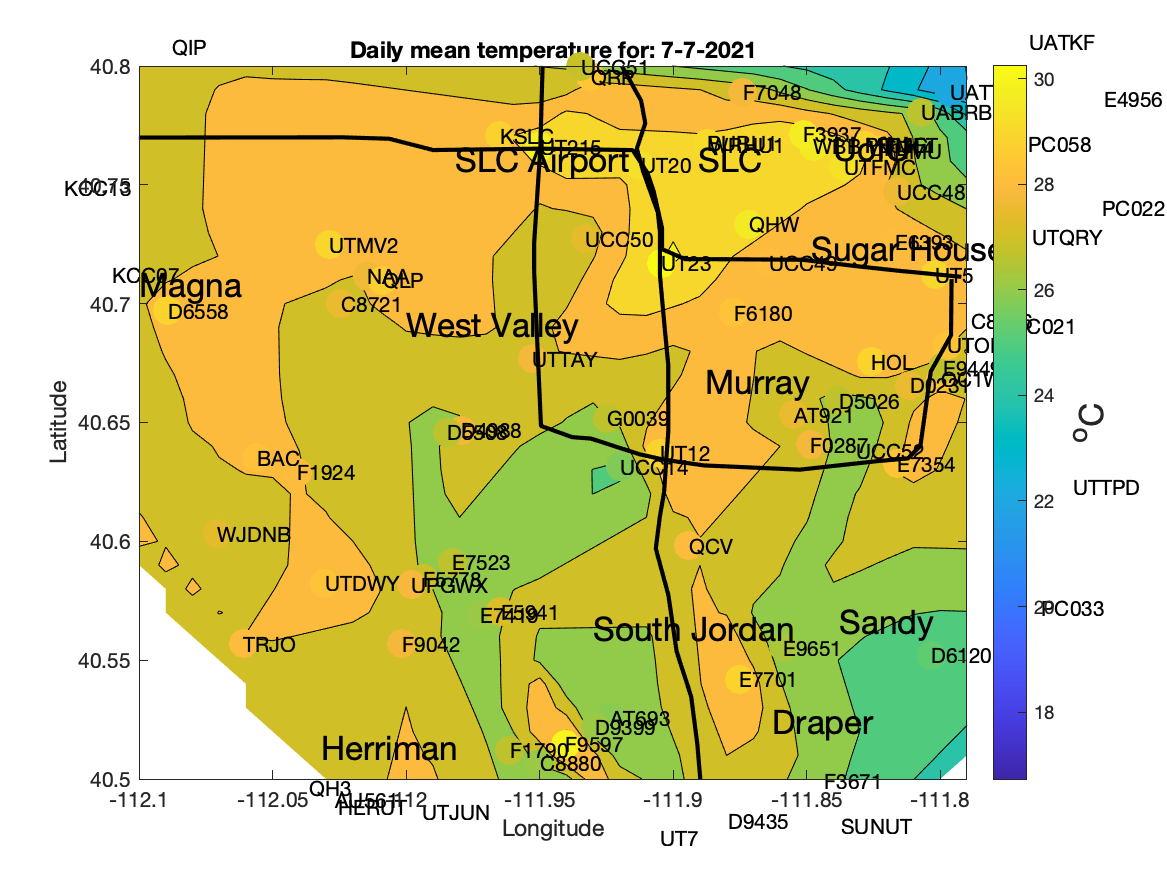 Allen, R.G., Pereira, L.S., Raes, D., and Smith, M. (1998). Crop evapotranspiration: Guidelines for computing crop requirements. Irrigation and Drainage Paper No. 56. Food and Agriculture Organization. Rome, Italy.
Allen, R.G., Pereira, L.S., Raes, D., and Smith, M. (1998). Crop evapotranspiration: Guidelines for computing crop requirements. Irrigation and Drainage Paper No. 56. Food and Agriculture Organization. Rome, Italy.



